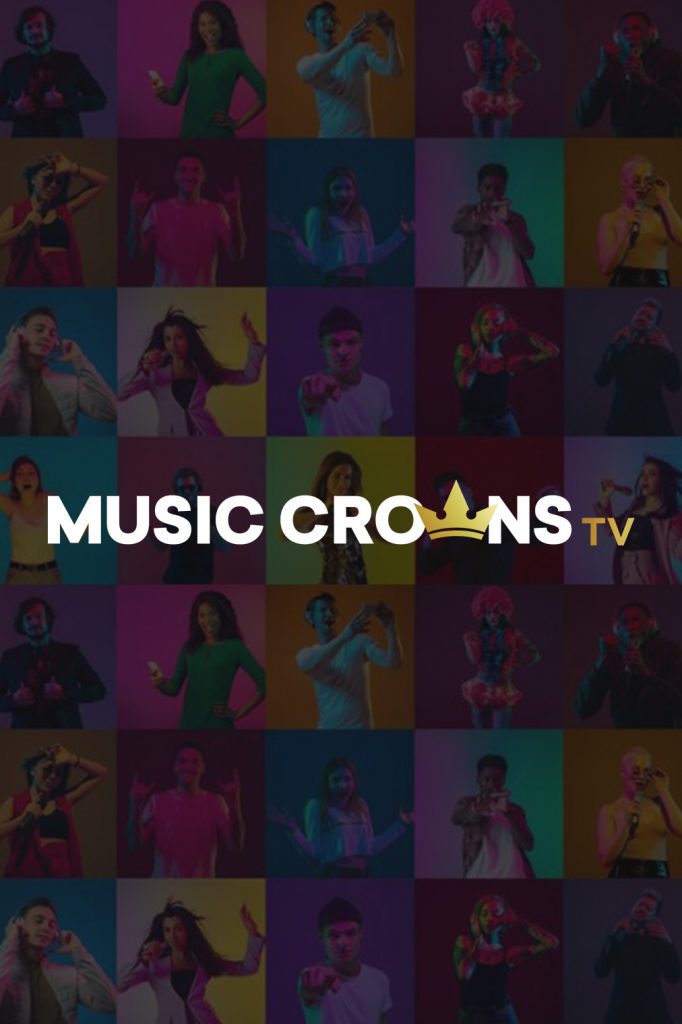Using music while livestreaming is not just a good idea; it comes recommended by experts as a standard practice. In fact, music in one form or the other comes recommended for video content in general, whether it’s live or not. In case you have not used music yet in any of your livestreams, read on to know why that matters so much. If you are already using music to boost your livestream, stay with us as we reflect on expert insights about how to use audio for maximum effect.
Better Attention
Music in livestreams help streamers to both catch and retain the attention of their viewers. Data analytics from social media sites like YouTube, Facebook, and Twitch show that people tend to prefer watching streams with quality music for a longer period of time, as compared to similar content without the right score.
Abating Boredom
Video games hold more importance for live streamers because live feeds of popular influencers playing video games are some of the most watched livestreams. It’s true that gaming streams have an advantage in this department, since all good games come with quality audio and music by default. However, that alone is not going to be enough all the time and for all games, especially for long streams.
For example, there are live streamers on Twitch who exclusively stream casino games on their channel. They review new slots, check out bonus offers, go live on live casino feeds, and even test out the RNG a bit to see how often a virtual slot is really paying out. Naturally, it takes a lot of time to check new online casinos to their full extent. Irrespective of how good the sound effects and the music might be in an online casino game, it can get a bit tedious to watch someone else play and perhaps even win sometimes!
This is where the need for additional background audio comes in. By adding sound effects, verbal commentary, and alternating background scores in sync with the game’s theme, streamers keep their viewers interested and entertained for a much longer period. Whether you are interested in livestreaming casino games as a Twitch influencer, or you are simply interested in testing your luck at a trusted online casino, check this list of high-payout slots in the UK on Onlinecasinos.co.uk. The website is the UK’s premier guide for finding legitimate casino sites, classic casino games, and video slots that are licensed and registered with the UKGC.
Setting the Mood
We all have our favourite movie scenes but how empty some of those scenes would be without the right background score. Think about Gladiator (2000) and just how hollow those epic scenes would feel without Lisa Gerrard and Hans Zimmer’s music. The chant of “deshi basara, basara” during Batman’s epic climb from the well of despair in Dark Knight Rises (2012) is arguably the best part of the movie itself. Then there is Celene Dion in Titanic (1997), melting hearts and inviting tears even after 25 years.
The bottom line is that whether it’s sadness, happiness, comedy, thrill, fear, anticipation or some other less realised emotional response, nothing else will bring them out of an audience as much as the right music. Despite how logical we may believe ourselves to be, all human beings are driven by emotions in varying extent. Since music connects with us on an emotional level, your livestream will naturally become more captivating to your audience, if you get the background score right.
The goal is to stimulate the emotional response you want from your audience, by complementing the visual feed with suitable audio. For example, if your livestream is a comedy podcast, there are some quite useful, royalty free classics such as Fluffing a Duck or Monkeys Spinning Monkeys by Kevin MacLeod that you can download, mix, and use in it.
Timing is Everything
The key in anything is to get the timing right, especially when it comes to background music. We just discussed how the music in Titanic is timeless in its ability to set the mood, but if the music did not match the scene, that would have been a disaster! However, this is easier said than done when you are livestreaming. Producing, editing, and releasing a YouTube video is not the same as livestreaming a video feed on the same channel.
When there are no cuts, retakes, edits, etc. possible, getting the timing right can be a daunting task. Most veteran influencers suggest taking on a partner while livestreaming. Not that having a partner will eliminate all chances of mistiming music insertion in a livestream, but it will certainly reduce those chances significantly. When someone is watching you from the other end of the camera, they will have a much better sense of timing in this regard.
If you try to handle it all on your own, you will not be able to concentrate on the actual work. If temporary partnerships are not an option, keep things simpler. This means that you should start with background music that suits the theme of your content and change it when you feel that it needs to be changed. Do not focus on the music too much or you will lose focus from the main content itself.
A live feed will not be an upload by default, unless you choose it to be so. You can always edit the recording later and augment it with well-timed and properly synced audio. Once you are done editing the live feed, upload it as an episode, or a bonus video on your channel for people who missed the livestream.
Finally, you should be careful about copyright infringement before using musical scores and even sound effects in your content. Only use royalty free music or create your own if you can. A single copyright infringement can bring down your most viewed livestream and set it back down to 0 views! There is no shortage of copyright free music these days, and you can always support young musicians by buying some of their music and using it on your channel. Even collaborations with young musicians on a livestream can be mutually beneficial.








